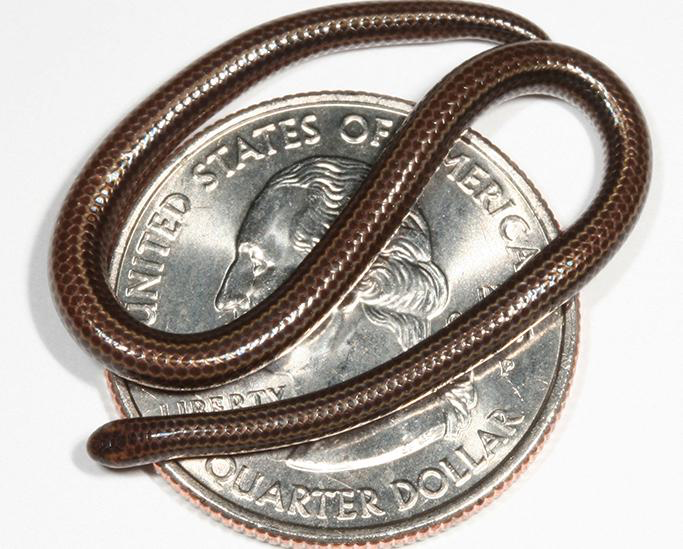After nearly two decades of being unseen and feared extinct, the Barbados threadsnake (Tetracheilostoma carlae)—the world’s smallest known snake—was rediscovered by Connor Blades, a project officer with the Barbados Ministry of Environment, in March 2024.
Measuring only 10 cm in length and small enough to sit on a coin, the snake had evaded scientists for years due to its tiny size, cryptic nature, and burrowing behavior. Blades found the snake under a rock near a jack-in-the-box tree, a plant with limited distribution in Barbados, and confirmed its identity through microscope analysis and video evidence.
This rediscovery was announced on July 23 by the Re:wild conservation group, which collaborated with the Barbadian ministry. The snake had previously been on a list of 4,800 species “lost to science”. It is a blind, termite- and ant-eating burrower that lays only one slender egg in its lifetime.
The species was first identified and formally named by Prof. S. Blair Hedges in 2008, who emphasized its rarity due to previous unsuccessful attempts to locate it despite extensive fieldwork.
The rediscovery is ecologically significant as it reinforces the need for local conservation and shows that even elusive endemic species still play crucial roles in their ecosystems.











